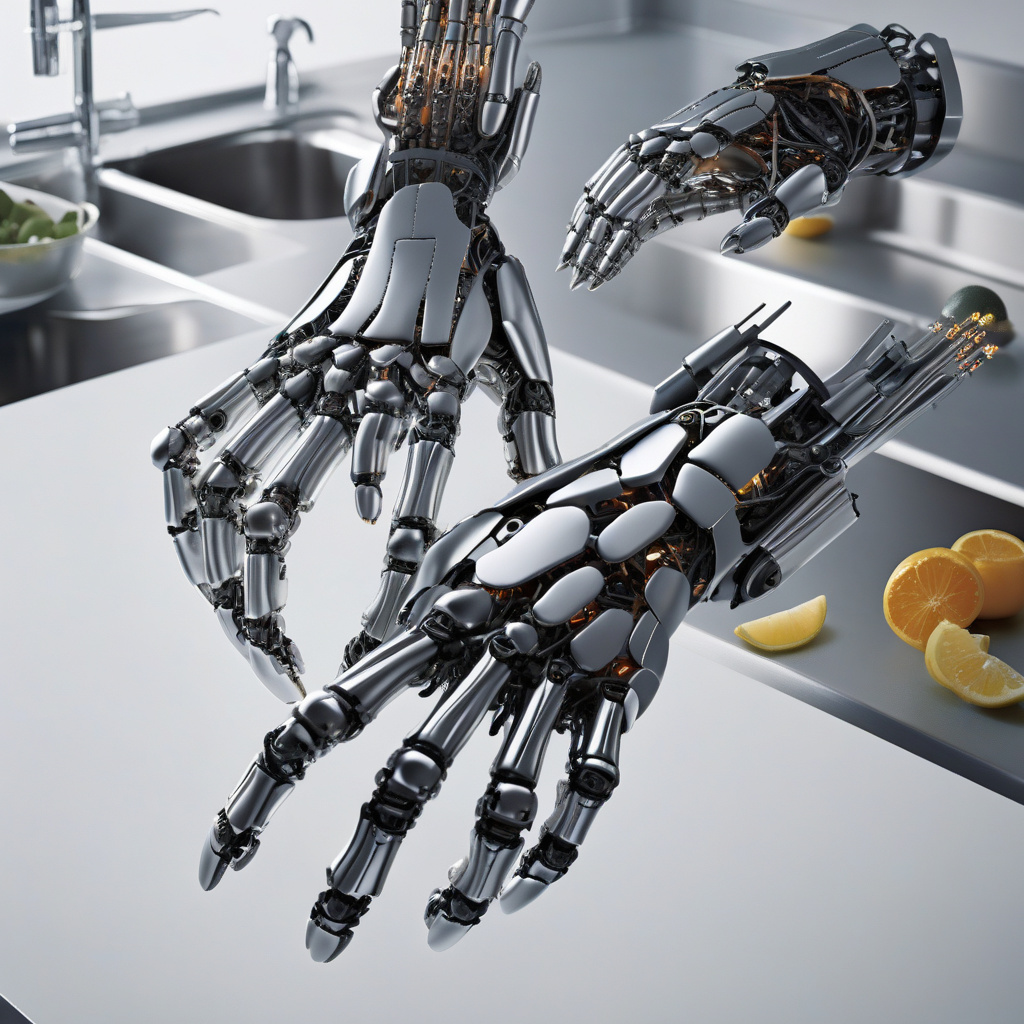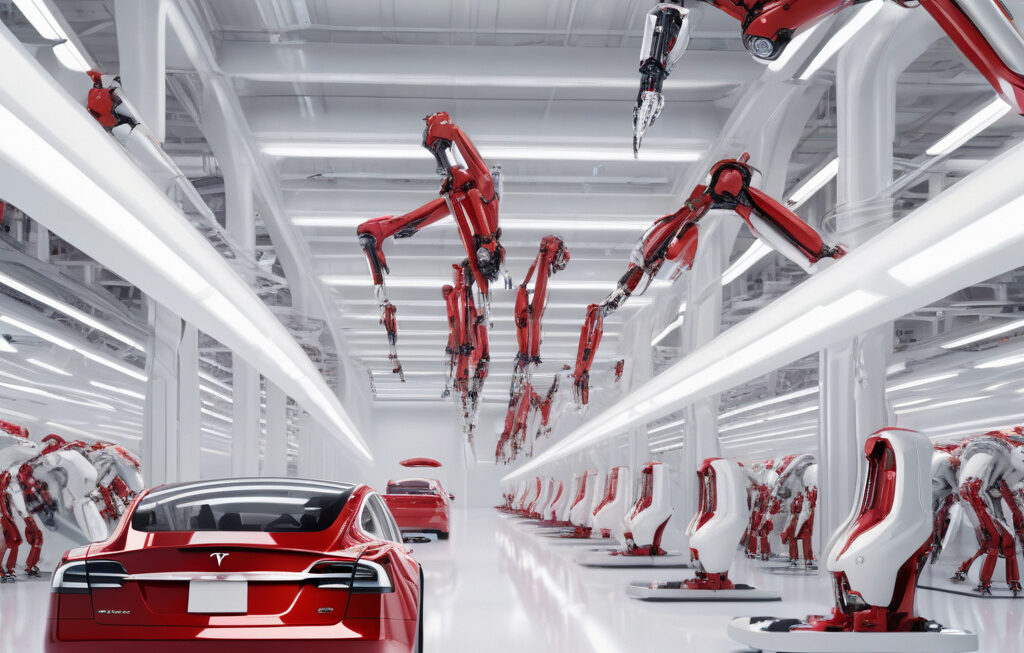A Revolutionary Robot Hand: The Future of Precision and Strength
Robots can lift heavy loads and work nonstop, tirelessly moving boxes or assembling parts on factory floors. However, when it comes to delicate tasks requiring dexterity and finesse, robotic technology has often fallen short. Until now. The latest innovation in robotics has brought us a groundbreaking development: a robot hand that can twist open jars, turn handles, and work smoothly in tight spots.
This new robot hand is a game-changer in the world of automation. Designed to mimic the movements of a human hand, it is equipped with advanced sensors and actuators that allow for precise and delicate manipulation of objects. Whether it’s unscrewing a stubborn jar lid or turning a key in a lock, this robot hand can perform tasks that were once thought to be exclusive to human hands.
One of the key features of this new robot hand is its ability to work in tight spaces. Traditional robotic arms are often bulky and cumbersome, making it difficult for them to maneuver in confined areas. In contrast, this robot hand is sleek and compact, allowing it to reach into small spaces with ease. This makes it ideal for a wide range of applications, from manufacturing and assembly to healthcare and even household chores.
Another impressive capability of this robot hand is its strength. Despite its delicate touch, it is also capable of lifting heavy objects with ease. This combination of precision and power makes it a versatile tool that can be used in a variety of industries.
The implications of this new technology are vast. In manufacturing, it has the potential to increase efficiency and productivity by automating tasks that were previously done by hand. In healthcare, it can assist surgeons in delicate procedures, reducing the risk of human error. And in everyday life, it can help individuals with disabilities regain independence by performing tasks that would otherwise be challenging.
As with any new technology, there are still challenges to overcome. The cost of implementing this robot hand on a large scale may be prohibitive for some industries, and there are concerns about the potential impact on employment levels. However, the benefits of this technology are clear, and with further development and refinement, it has the potential to revolutionize the way we work and live.
In conclusion, the new robot hand that can twist open jars, turn handles, and work smoothly in tight spots represents a major advancement in the field of robotics. Its combination of precision, strength, and versatility make it a valuable tool with a wide range of applications. As this technology continues to evolve, we can expect to see even more impressive feats from robotic systems in the future.
robotics, innovation, automation, technology, precision












